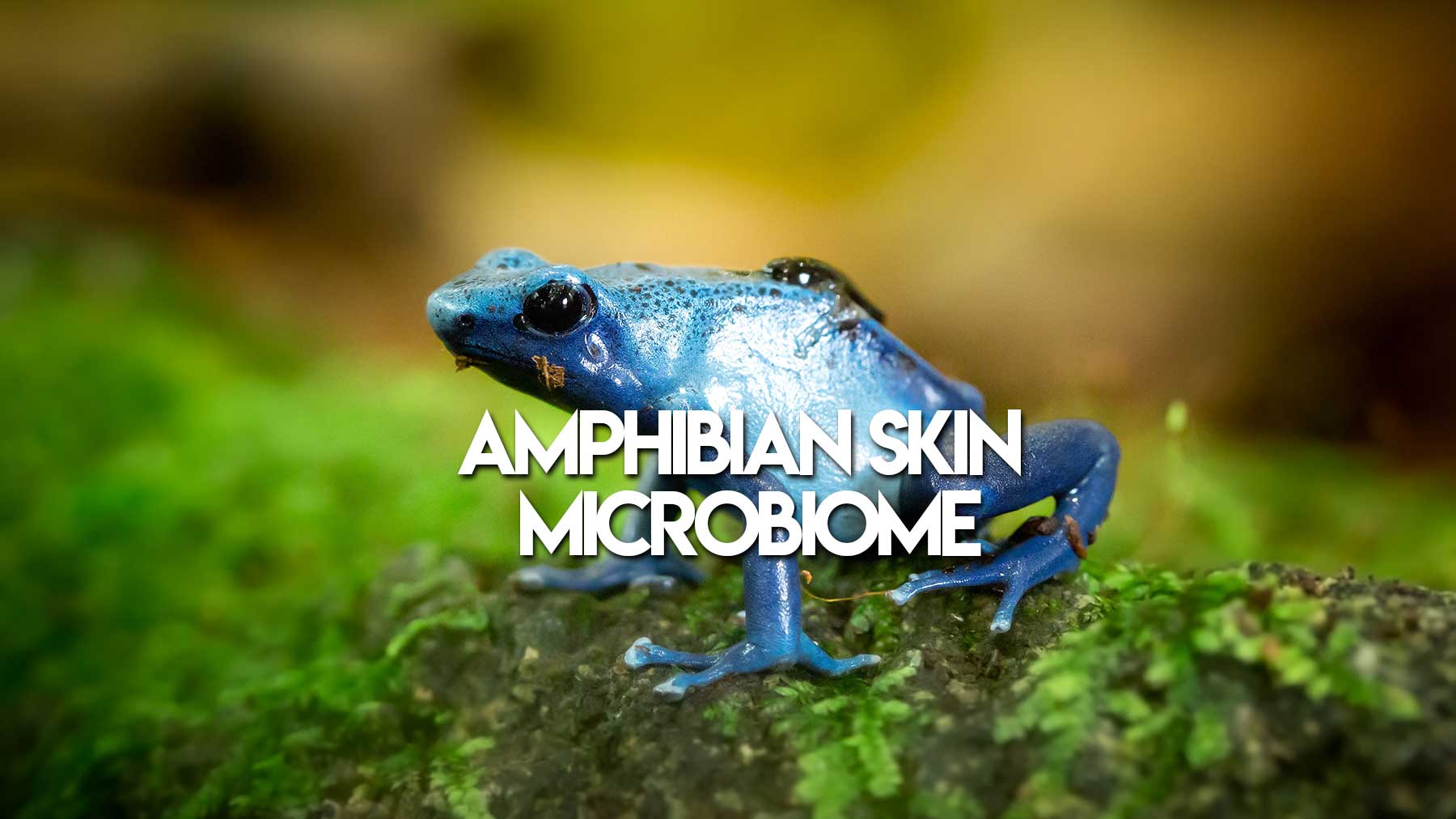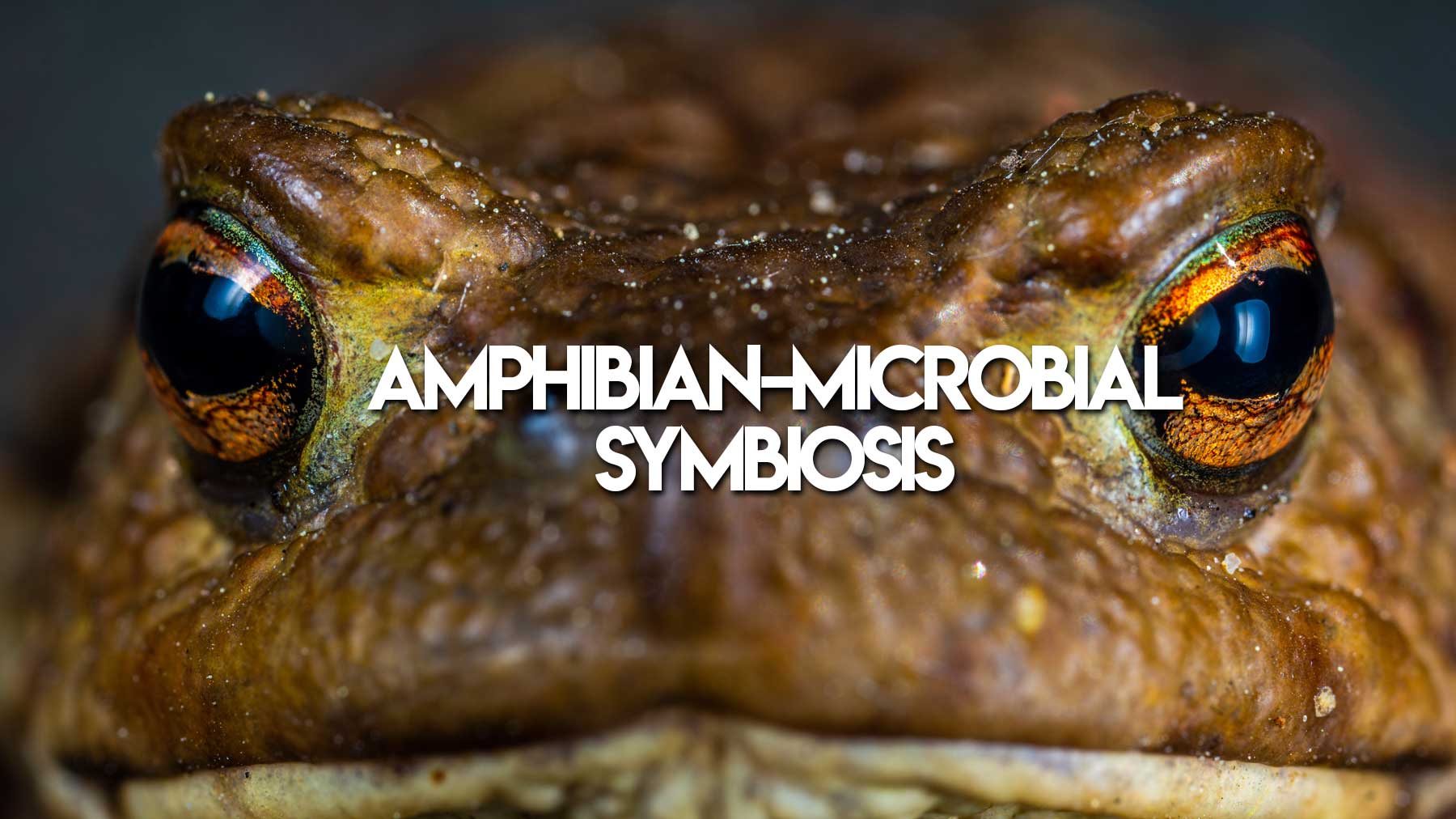WHAT WE DO>>
In our lab, we study the factors influencing the structure and function of amphibian skin microbiomes. The microbes living on the amphibian skin can have a protective role against pathogens that have caused amphibian declines and extinctions worldwide.
Through the use of next generation sequencing technologies and classic culturing techniques, we are addressing questions aiming to understand the ecological and evolutionary mechanisms behind amphibian-microbial symbioses.

THE MICROBIOME OF AMBYSTOMA ALTAMIRANI: EXPLORING THE BIOTIC AND ABIOTIC FACTORS INFLUENCING THE SKIN MICROBIOTA OF THE MOUNTAIN STREAM SIRENDON.
In this project we aim to describe for the first time the skin microbiota of Ambystoma altamirani. This paedomorphic aquatic salamander lives at la Sierra de Cruces, a mountain chain that provides environmental services to the central region of Mexico. A. altamirani is highly threatened due to habitat loss, pollution and exotic species introduction. We want to determine the factors shaping the structure and function of the skin microbiota in this species. Abiotic factors include water physicochemical variables across four seasons.

Unraveling the axolotl skin microbiome and the consequences of host-microbiome interactions for a lethal emerging disease.
This project aims to determine if genetic factors associated with the host (genetic diversity, demographic history, and the immune response) modulate the diversity and structure of the skin microbial communities in axolotls (Ambystoma) endemics to the Trans-Mexican Volcanic Belt. This information will also allow us to know whether the incidence of the fungal pathogens Batrachochytrium dendrobatidis (Bd) and B. salamandrivorans (Bsal) are associated with specific combinations of factors associated with the host or its skin microbiomes.
We are carrying out analyses of amphibian skin microbial diversity, host genomic diversity, diversity of antimicrobial peptide secretions (AMPs), and the incidence of Bd and Bsal. Our study systems are eight axolotl species endemic to the Trans-Mexican Volcanic Belt: Ambystoma altamirani, A. ordinarium, A. dumerili, A. andersoni, A. granulosum, A. velasci, A. mexicanum, and A. taylori. These species have restricted distribution in lakes or rivers and are threatened according to the Mexican Law and the IUCN. We will evaluate for the first time the skin microbiome (bacteria and fungi) and the secretion of antimicrobial peptides of wild axolotl populations. Additionally, we will search for polymorphisms (SNPs) in the genome of all axolotl species. The detection of SNPs will be an essential tool to link patterns of genetic diversity and demographic history of these axolotls, with the skin microbiome diversity and the incidence of pathogenic fungi. The integration of these data will allow us to propose conservation strategies for these axolotl species that are threatened.
The PI is Dr. Eria Rebollar from the Centro de Ciencias Genómicas UNAM, in collaboration with researchers from Instituto de Biología UNAM, Universidad Michoacana, Universidad Autónoma del Estado de México, and Colegio de la Frontera Sur.












